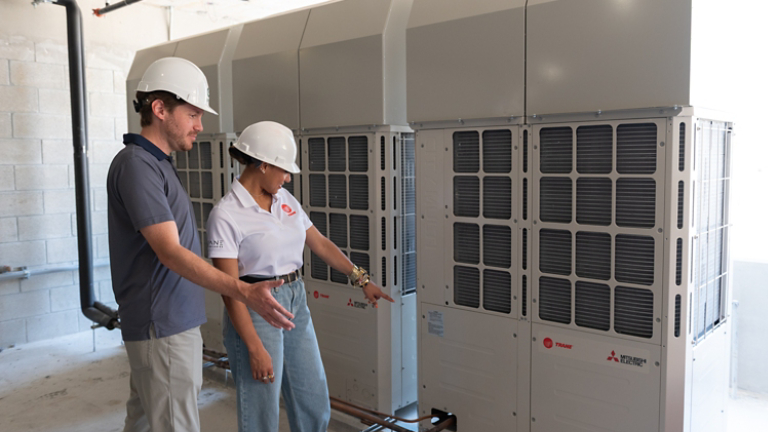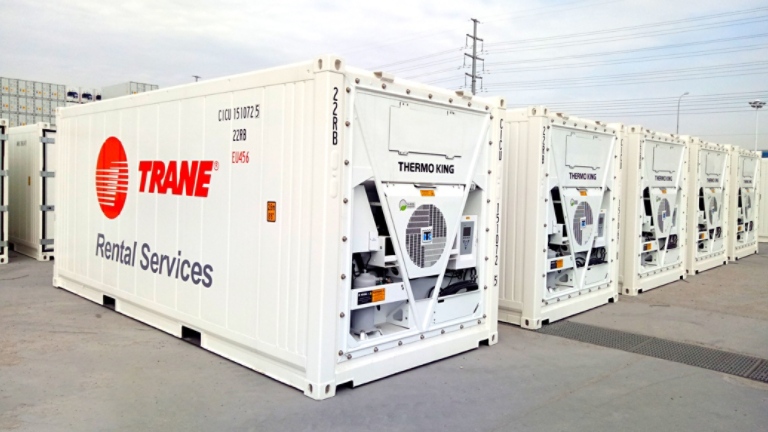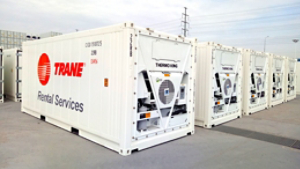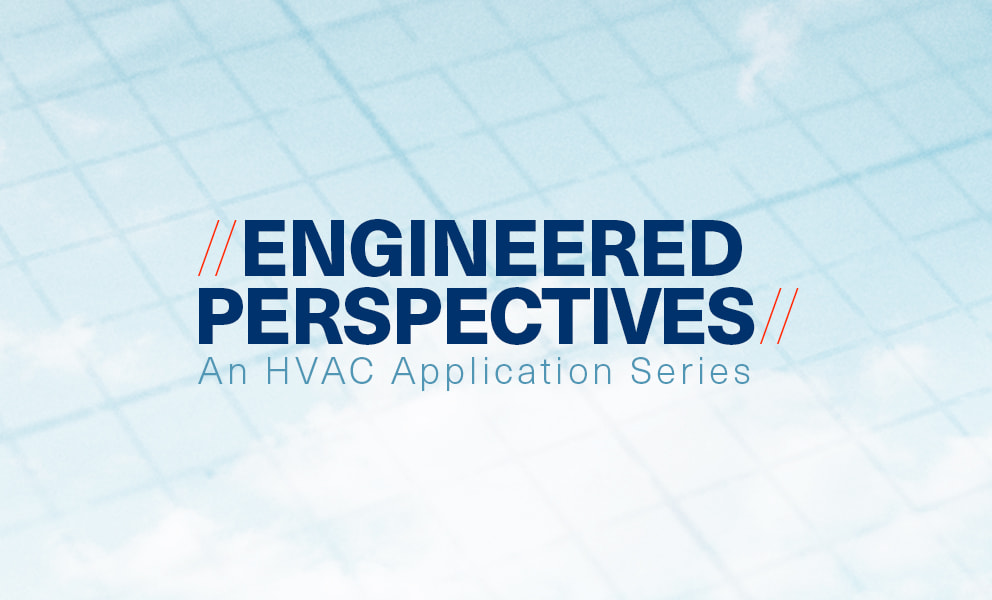
Is two or three-pipe VRF system right for you?
Three-Pipe Systems: Advantages and Disadvantages
VRF technology is known for its ability to simultaneously heat and cool a space. A three-pipe system does just that, but the phase separation occurs in the outdoor unit — the traditional VRF system layout. These systems require three pipes to allow simultaneous distribution of hot gas and liquid refrigerant to multiple branch controllers. There are many advantages and disadvantages to this layout, including:
Advantages: Not only are the three-pipe heat recovery devices dimensionally smaller (usually), but they feature less total linear feet and piping compared with two-pipe systems. This means, the total pounds of copper used in three-pipe systems may weigh less, depending on the design. And because copper is sold by the pound, three-pipe systems also could result in cost savings for the building owner.
Disadvantages: Three-pipe systems are less forgiving to change than two-pipe systems. Meaning, if alterations to the system design or units are made after parts are ordered, costs could potentially increase. The required system pipe diameter, for example, may change if the indoor unit capacity, indoor unit type or pipe length fluctuates. In fact, if anything about the system design changes, pipe diameter recalculation is required and new parts must be ordered. The correct pipe diameter is important because it:
Prevents oil return problems or compressor failure
Ensures zone and system capacity is provided
- Avoids canceling the manufacturer warranty
Two-Pipe Systems: Advantages and Disadvantages
Like three-pipe systems, two-pipe systems can simultaneously heat and cool a space, but the phase separation occurs in the main branch controller. This more-advanced layout eliminates the need for a third distribution pipe, resulting in a more forgiving, less change-risk system when compared with three-pipe systems. But a two-pipe system comes with its own set of advantages and disadvantages, including:
Advantages: Installation is simpler than a three-pipe system. The pipes run from the outdoor unit to one branch controller and then to the indoor units. The supply pipes running from the branch controller to the indoor units are always the same size based on the indoor unit’s capacity. This is a big advantage because changes to the indoor units or system design — minor layout changes or pipe extensions — do not change the pipe diameter. Also, the outdoor unit capacity determines the distribution pipe. These features make two-pipe systems less risky to change than three-pipe systems. Additional advantages include:
Design flexibility due to less joint requirements and fewer electrical connection sites
Less supervision needed for field installers
Quick, individual changeover of indoor units from heating to cooling
Less hassle when future alterations and additions to individual branches are made
Disadvantages: Depending on the layout, labor and material, two-pipe systems may be more expensive because of the amount of copper needed to reach each indoor unit from the branch controller as compared with three-pipe systems. Also, the branch controller is larger and heavier, and requires condensation piping. However, the ease of installation, operation efficiency and design flexibility of two-pipe systems will likely result in a lower total cost of ownership as compared with three-pipe systems.
Explore your two- or three-pipe options
As part of the new Trane®/Mitsubishi Electric ductless portfolio, Trane offers one of the few two-pipe VRF systems on the market. The new N-Gen CITY MULTI® Series offers a variety of VRF technology in a range of tonnage capacities in either smaller-, mini- or larger-modular units, and in heat pump or heat recovery configuration. This series delivers precise tenant comfort, complete temperature control and quiet operation.
With the Trane/Mitsubishi Electric ductless portfolio, customers can receive a two-pipe system under the guidance, service and ongoing support of Trane experts to ensure top-notch results. Is it clear if a two- or three-pipe system is right for you? To speak to a Trane expert about your options, contact your local sales representative or download our N-Gen CITY MULTI Series brochure to learn more.
This is for informational purposes only and does not constitute legal advice. Trane believes the facts and suggestions presented here to be accurate. However, final design and application decisions are your responsibility. Trane disclaims any responsibility for actions taken on the material presented.





































































































